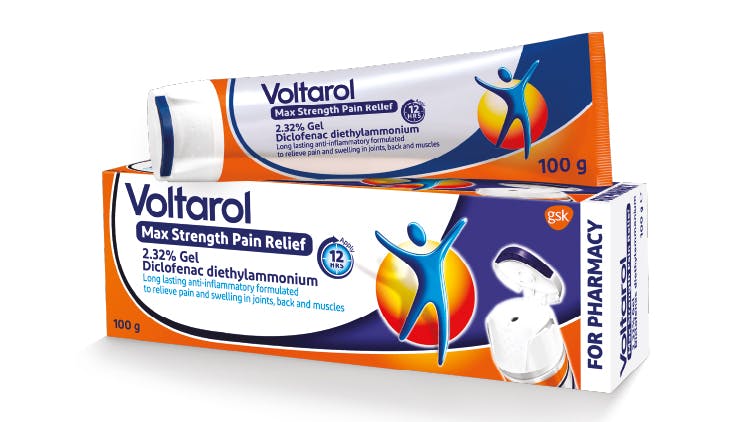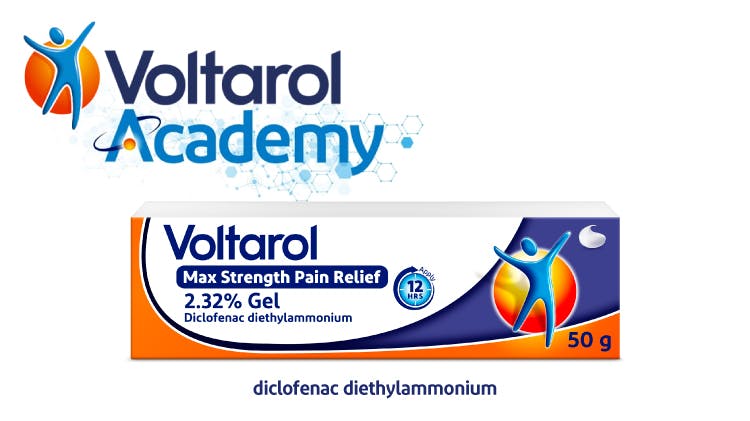Joint pain: Overview

Pain in the joints
Joint pain is a very common complaint that can have a variety of different aetiologies.1
Osteoarthritis is the most prevalent reason for chronic joint pain, and its prevalence is continuing to increase year on year.2 This condition involves progressive loss of cartilage, changes to the structure and function in the joint, and damage to ligaments and bone.3
Appropriate management of joint pain can help control symptoms and reduce disability.4,5
Joint pain is a common problem
Joint pain can be disabling

Joint pain impairs mobility and reduces quality of life7
Pain, inflammation or stiffness in the joints may affect people’s ability to move freely and perform simple daily tasks, and can reduce self-esteem and limit ambitions.7 In the UK:7
- MSK conditions account for 1 in 7 GP consultations
- Depression is 4 times more common in people with persistent pain compared to those without pain
- Over half of people surveyed with an MSK condition say it has a negative impact on work
- The cost of working days lost to the most common forms of arthritis was estimated at £2.58bn in 2017 and is expected to be £3.43bn by 2040
It is estimated that global case numbers for each site of osteoarthritis will increase by 48.6% to 95.1% between 2020-2050.2
Meet Nora and Wendy

Nora
Nora is 55 and tries to stay active by gardening and going for walks.
She wakes with joint pain and stiffness each morning, so activity can sometimes be a struggle, but does not want her pain to control her life or her choices.
She wants sustained relief from her pain so she can do the things she enjoys, like walking and spending time with her grandchildren. However, she is concerned about treatment side effects.

Wendy
Wendy is a 50-year-old who has experienced intermittent knee pain for 5 years. The pain disrupts her sleep and limits her previously active lifestyle and social life making her feel anxious and depressed.
She wants effective relief from her pain so she can return to the activities she used to enjoy, like going to yoga classes with her friends and taking long walks with her dog.
Her doctor recommended weight loss and exercise as a remedy. But chronic pain creates a lack of motivation and she feels her pain prevents her from exercising.
Wendy is frustrated and is looking for a solution that does not involve yet another pill.
Understanding joint pain and osteoarthritis
Signs and symptoms
Explore an overview of how to recognise joint pain and osteoarthritis and know when to refer patients.
Learn more

Voltarol Max Strength Pain Relief 2.32% Gel Diclofenac Diethylammonium for joint pain
For all day relief from joint pain – apply once morning & evening.

Voltarol Osteoarthritis Joint Pain Relief 1.16% Gel Diclofenac Diethylammonium
As effective as oral NSAIDs in osteoarthritis.9

Science academy
Discover the Voltarol science academy which includes information on how to manage patients’ pain and useful resources.
